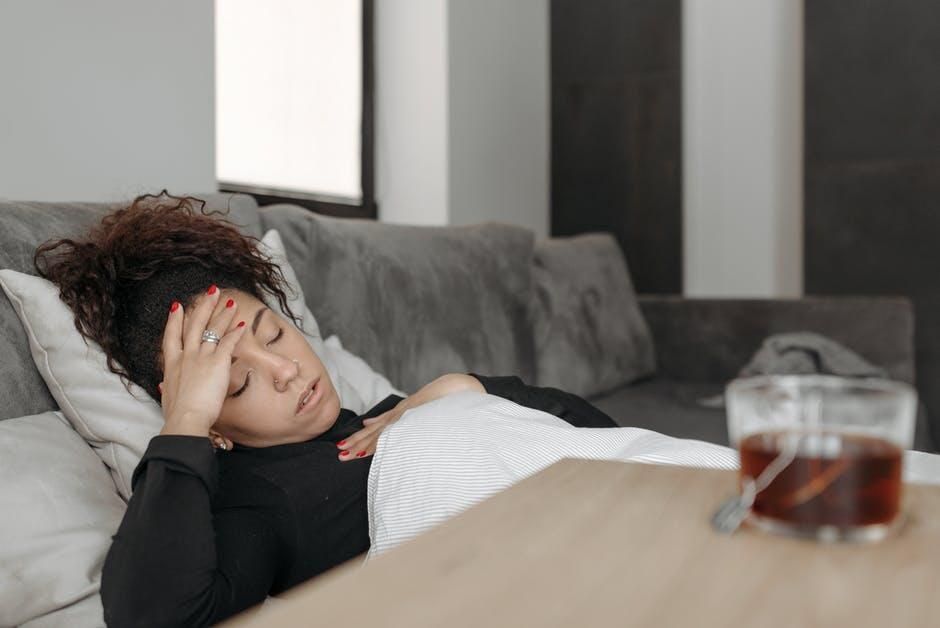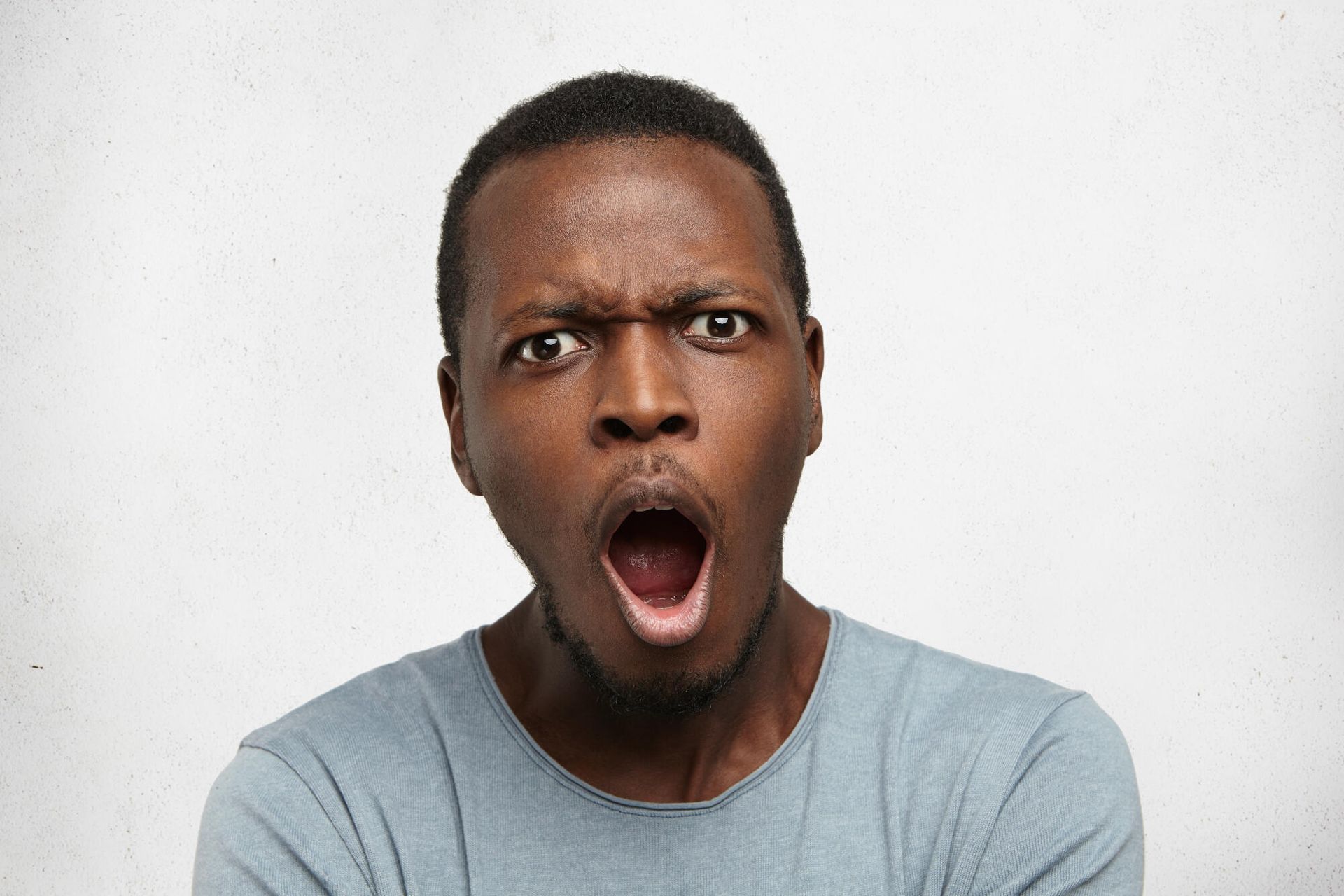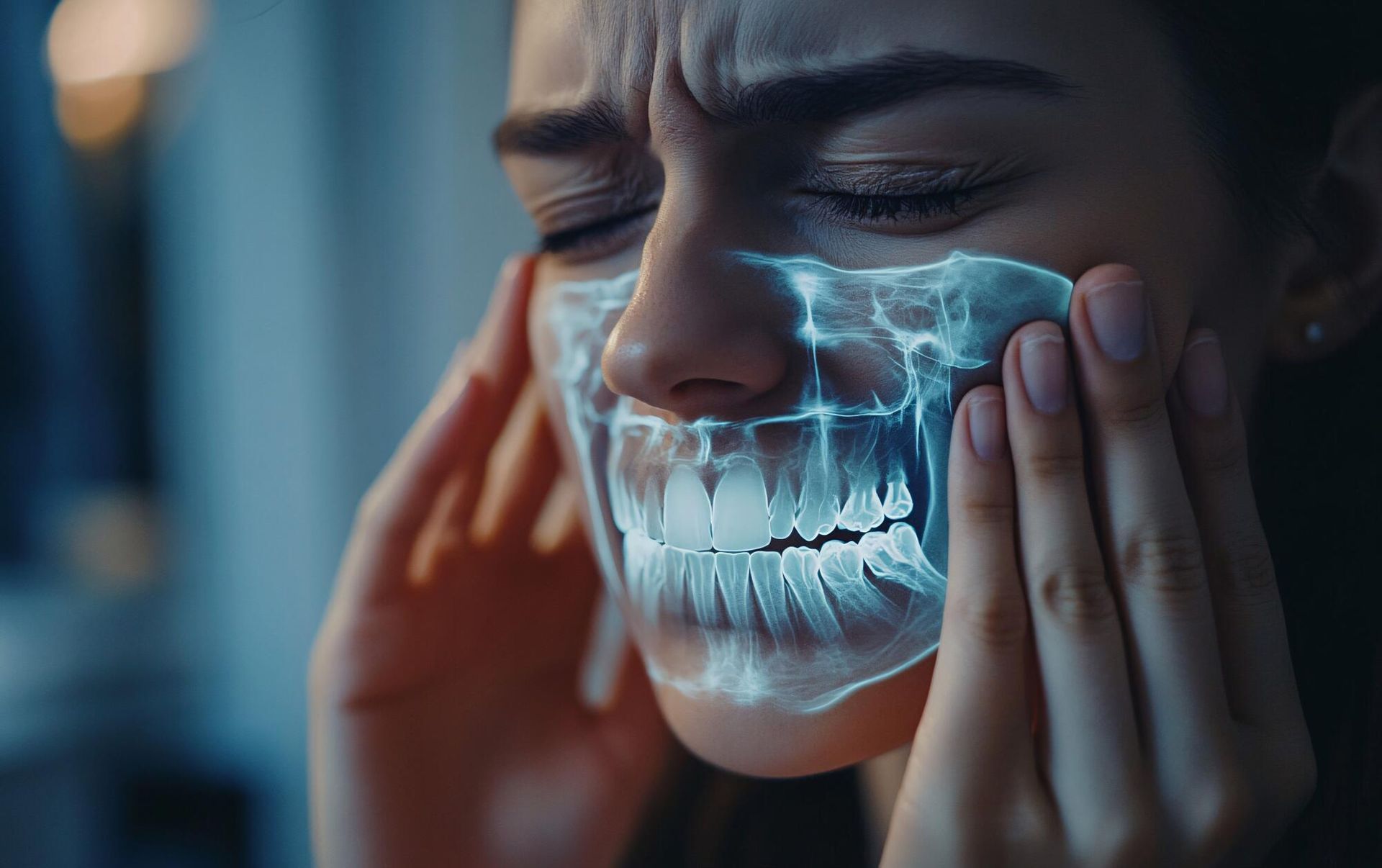What is TMD? How to Identify and Fix It
What is TMD? The list of dental disorders is long, but this is one that you should definitely know about. Learn more about this condition right here.

Did you know that about 33% of the population suffers from, at the least, one TMD symptom? A smaller percentage of around 7.0% has TMD symptoms that are so severe that they seek out treatment. However, what is TMD, and what kind of TMD treatment is available?
If you're asking yourself these questions, you've clicked on the right article. Here, you'll learn all about how to tell if jaw pain is just jaw pain or something more serious like TMD. You'll also learn about the symptoms, potential causes, and treatment options for this condition.
By knowing this information, you can be more confident in making the right decisions if you or someone you know ever experiences TMD. To begin, we'll take a closer look at the most common question about this subject: what is TMD exactly?
What Is TMD
TMD is short for a condition named temporomandibular joint disorder. However, the name is most commonly shortened and referred to as TMD. The term "temporomandibular joint" refers to the joint that connects your jaw bone to your skull, specifically to the temporal bones of the skull located just in front of your ears. This joint acts as a hinge and allows you to chew, talk, and otherwise move your jaw up and down or side to side.
You can imagine that, without this joint, it would be very difficult to live a normal life. While people with TMD do not lose this joint, they may lose many of its functions due to difficulty moving the joint and pain located in the joint. Some of the powerful muscles that allow this joint to move may also get involved in this condition, depending on its cause.
You may hear this condition be referred to as TMJ rather than TMD. However, this is incorrect because the term TMJ or temporomandibular joint only refers to the joint rather than to the disorder itself. Remember that this condition is not so much of an oral disorder as a joint disorder.
There are many types of jaw problems, but some people with TMD have pain that is so severe that it can interfere with their daily life. What might be the cause of such a severe condition?
What Is The Cause of TMD
As of today, in general, it is not known what exactly causes TMD. However, in some cases, there may be more obvious causes. For example, there may be certain actions or events that can irritate the muscles of the jaw and the jaw joint itself.
Those who grind their teeth or clench their jaw may more commonly experience TMD symptoms than those who do not take part in these actions. It is important to remember that you might not realize that you clench your jaw or grind your teeth as these actions can happen while you're sleeping. These actions, while sounding innocuous, can put prolonged pressure on the temporomandibular joint which the joint is not designed to support, leading to irritation and pain.
Arthritis in the joint may be another cause as well. Symptoms of TMD may also arise if the joint or the surrounding muscles have been damaged. This may occur from whiplash or a blow to the side of the head. In some cases, however, there may be no obvious cause.
Just because the cause cannot be discovered, however, doesn't mean there aren't treatment options that might be able to help. But before we explore the treatment options, let's take a look at the most common symptoms of this condition.
What Are The Symptoms of TMD
While the symptoms of this condition can vary from case to case, the symptoms most commonly include pain and difficulty moving the jaw. While, for some, the pain may be localized around the jaw joint, for others, the pain may radiate down into their neck and shoulders. This is because of how certain muscles that support the jaw connect to the shoulders.
Other people with this condition may have difficulty moving their jaw at all. This especially includes attempts to open the mouth or widen the jaw whatsoever. The jaw may either feel too stiff to open or too painful.
Discomfort may also occur when closing the jaw. This might be most noticeable when chewing or talking, especially if the jaw continuously pops or makes a noise when performing these actions. In addition to pain and difficulty moving the jaw, some people may also experience swelling around the joint as well.
Some oral conditions may cause similar symptoms which is why it is important to see a dentist and get a proper diagnosis. Once you are diagnosed with TMD, you will be able to start focusing on finding treatment options that work for you.What Are The Treatment Options for TMD
Pain medications can always help with the pain of TMD, but they will not solve the problem. Instead, you should give your jaw a rest. This includes not eating hard foods, not clenching your jaw or teeth, and keeping any talking to a minimum.
Nightguards can be beneficial if you grind your teeth at night. Massaging your jaw will also help it relax, as can certain TMD exercises.
In severe cases, more serious treatments might be necessary. For example, ultrasound therapy, laser therapy, and even oral surgery may be options for TMD cases that are not helped with less intense methods.Understanding TMD
You now know all about what TMD is, what might cause it, what the most common symptoms are, and how the condition is treated. With this kind of information, you have all the answers to your TMD questions.
To learn more, don't hesitate to explore our website.












